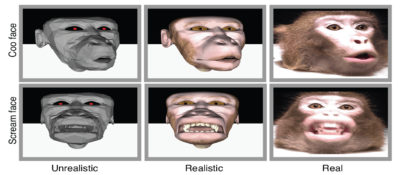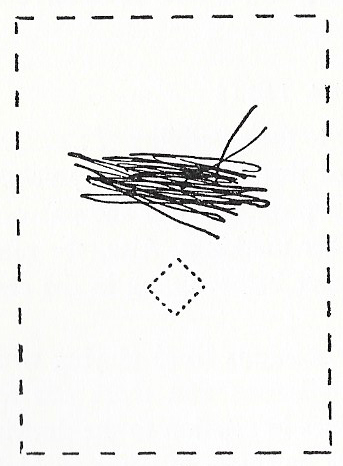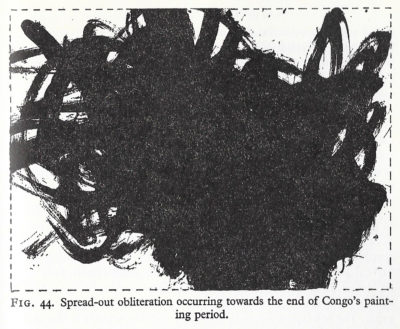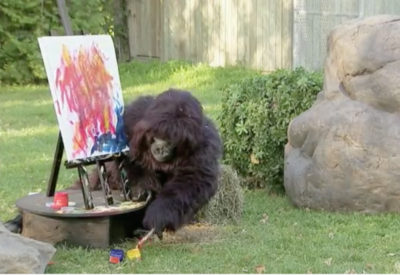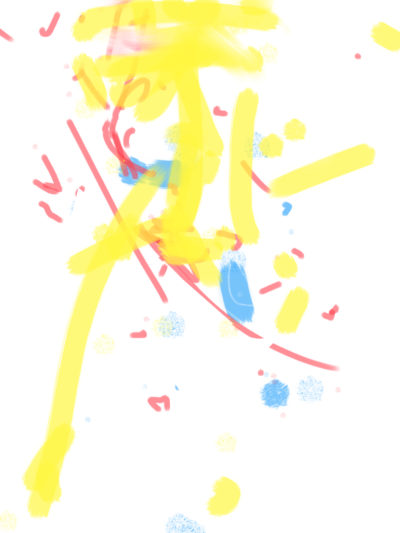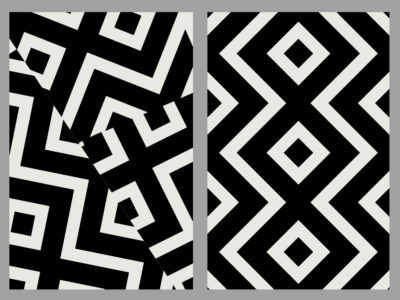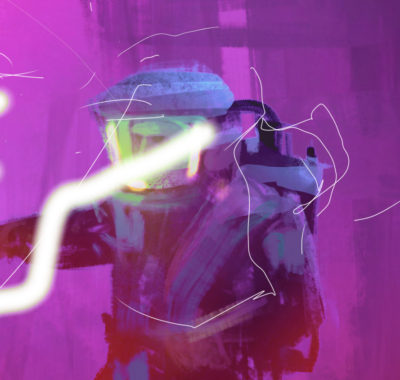INTRODUCTION
Sailors fighting in the dance hall Oh man! Look at those cavemen go It’s the freakiest show Take a look at the Lawman Beating up the wrong guy Oh man! Wonder if he’ll ever know He’s in the best selling show Is there life on Mars? —David Bowie1 Sitting as still as I […]
Read More